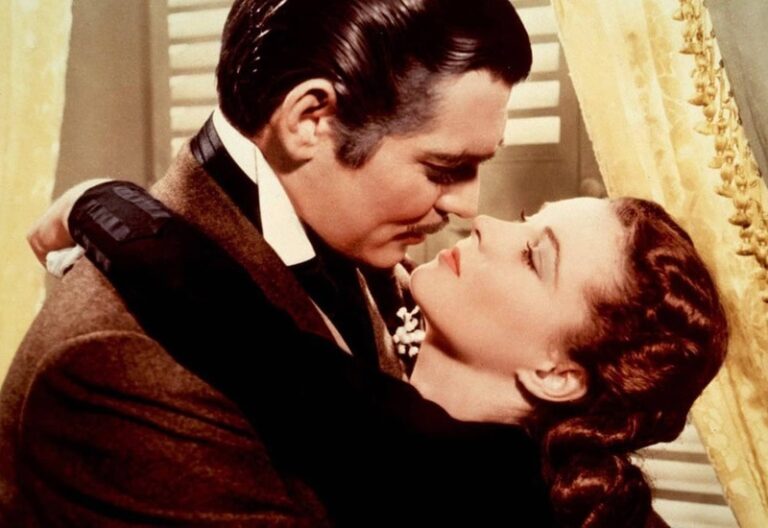understanding the hays code
The Hays Code, also known as the Motion Picture Production Code, was a set of guidelines established to govern the content of films produced in the United States from 1930 until it was effectively replaced by the MPAA film rating system in 1968. Named after William H. Hays, the president of the Motion Picture Producers and Distributors of America (MPPDA), the code sought to ensure that films adhered to moral standards and did not offend the sensibilities of the viewing public.
Published by: CinemaWaves Team | Filed Under: Film Blog
Historical context
behind the Hays Code
In the early 1920s, Hollywood faced increasing public criticism and government scrutiny over the content of its films, which were seen as promoting immoral behavior and scandalous activities. This period saw numerous high-profile scandals involving Hollywood stars, which further fueled calls for censorship. In response, the film industry aimed to self-regulate to avoid external censorship.
Will H. Hays, a former U.S. Postmaster General, was appointed as the president of the MPPDA in 1922. Hays looked to clean up Hollywood’s image and create a more wholesome and respectable film industry. By 1930, the MPPDA introduced the Motion Picture Production Code, which outlined specific guidelines for film content. However, it wasn’t until 1934, with the establishment of the Production Code Administration (PCA) led by Joseph Breen, that the code was strictly enforced.

Key Provisions of
the Hays Code
Morality and decency: It prohibited explicit content, including profanity, suggestive nudity, and overtly sexual content. It also restricted the portrayal of lustful kissing, seduction, and rape.
Respect for law and authority: Films were required to respect law enforcement and judicial systems. Criminals could not be portrayed sympathetically, and crime had to be depicted as undesirable and punishable.
Protection of religious sensibilities: The code protected religious institutions and clergy from ridicule or negative depiction. Films had to show religion in a respectful and positive light.
Avoidance of controversial topics: The code discouraged the depiction of controversial subjects such as drug addiction, prostitution, venereal diseases, and interracial relationships, considering them inappropriate for public viewing.
Family values: It emphasized the importance of family and traditional family roles. Films were expected to uphold the sanctity of marriage and avoid undermining family structures.
Violence and crime: Depictions of violence had to be restrained and could not be presented in a way that glorified or encouraged criminal behavior.
Language and dialogue: Obscene language and profanity were banned. This included words and phrases considered vulgar or blasphemous.

Enforcement and Impact
With the establishment of the PCA in 1934, the Hays Code began to be rigorously enforced. Filmmakers had to submit their scripts for approval, and completed films were reviewed to ensure compliance. Films that did not adhere to the code could be denied a PCA seal of approval, which was crucial for distribution and exhibition. The enforcement of the Hays Code had significant implications for the film industry:
Creative limitations: Filmmakers faced strict limitations on the themes and content they could explore. This often led to more sanitized and idealized portrayals of life and society.
Indirect storytelling: Directors and writers developed subtle and creative techniques to imply or suggest mature themes without directly violating the code. This led to the use of symbolism, and subtext to convey messages.
Cultural reflection: The code influenced the portrayal of gender roles, relationships, and social issues, reinforcing conservative and traditional values. The depiction of women, minorities, and marginalized groups was particularly affected, with many stereotypes and biases perpetuated.

Challenges and Decline
of the Hays Code
By the 1950s and 1960s, American society was undergoing significant cultural and social changes. The rise of television, the civil rights movement, and a growing counterculture challenged the conservative norms upheld by the Hays Code. Filmmakers began to push back against the restrictions, seeking greater creative freedom. Several landmark films and legal challenges signaled the decline of the Hays Code:
“The Moon is Blue” (1953): This film was released without a PCA seal of approval due to its use of the word “virgin” and its frank discussion of sexuality. Despite the lack of approval, it was a commercial success, demonstrating that audiences were open to more mature content.
“The Man with the Golden Arm” (1955): This film addressed drug addiction and was released without a PCA seal. Its success further weakened the code’s influence.
Supreme Court Decisions: Legal decisions in the 1950s and 1960s affirmed the First Amendment rights of filmmakers and limited the government’s ability to censor films, contributing to the erosion of the Hays Code’s authority.
The end of the Hays Code
In 1968, the Hays Code was officially replaced by the MPAA film rating system, introduced by Jack Valenti, the then-president of the MPAA. The new system categorized films based on their suitability for different audiences rather than imposing blanket restrictions on content. The initial ratings included G (General Audiences), M (Mature Audiences), R (Restricted), and X (Adults Only), which have since evolved into the current system.
Refer to the main page for more educational insights on filmmaking and cinema history.
The studio system was a dominant force in Hollywood from the 1920s to the 1950s. It was characterized by a few major studios controlling all aspects of film production…
The studio system was a dominant force in Hollywood from the 1920s to the 1950s. It was characterized by a few major studios controlling all aspects of film production…
Pre-Code Hollywood is a period in the American film industry between the widespread adoption of sound in 1929 and the enforcement of the Motion Picture Production code…
Cinema as an art form, has the unique ability to challenge societal norms, push the boundaries of storytelling and provoke intense emotions. One of the most striking…
At New Mexico’s Empire Zinc mine, Mexican-American workers protest the unsafe work conditions and unequal wages compared to their Anglo counterparts…
In the early 20th century, a cinematic revolution was brewing in the Soviet Union. A group of visionary filmmakers, collectively known as the Soviet Montage School, gathered…






